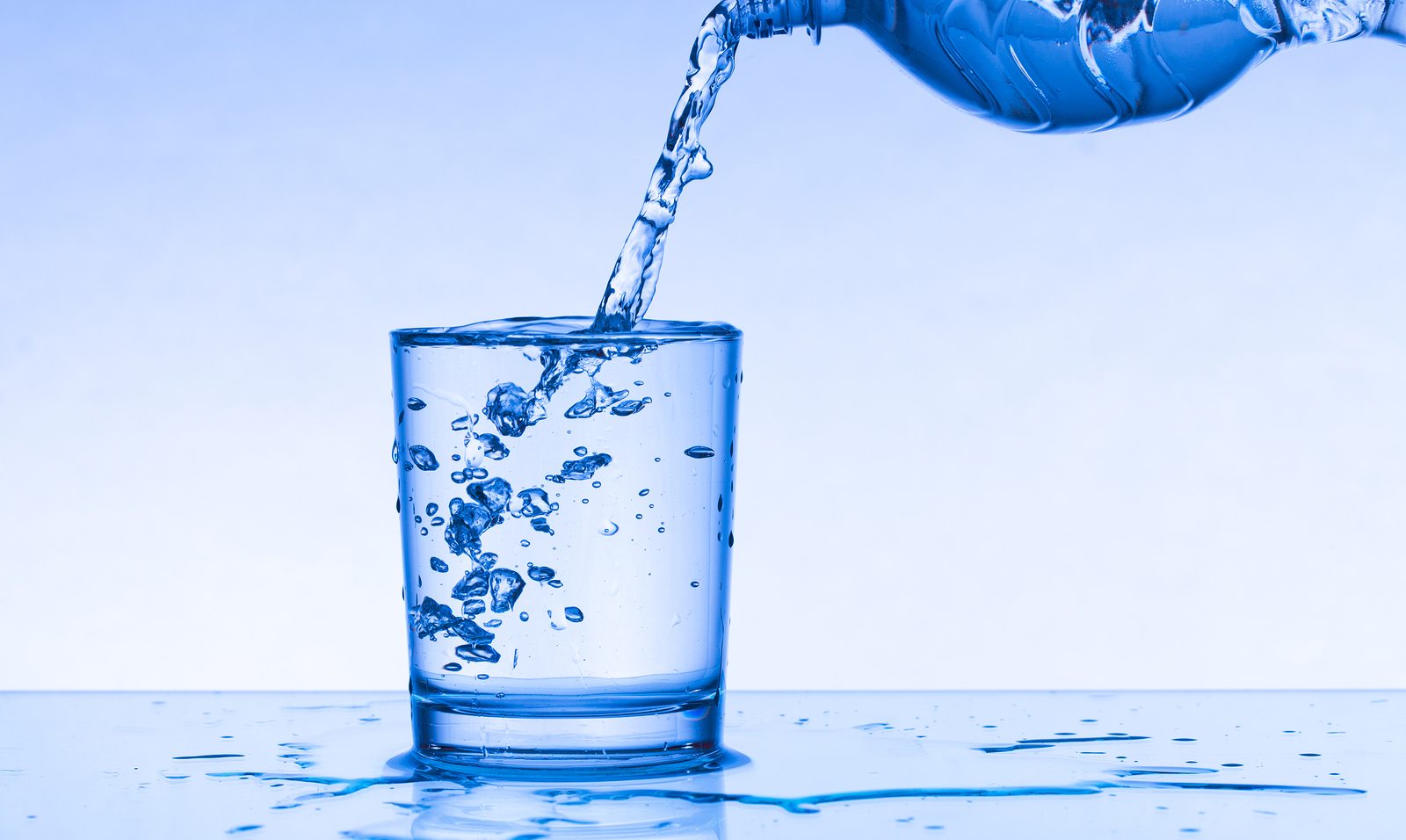
Atrazine is the 2nd most widely used pesticide in the United States and can be found in drinking water even after it has been treated. Those who are most exposed to atrazine are in the Midwest, as it is commonly used on cornfields and used to control broadleaf and grassy weeds.
Although it is sprayed on farmland areas, atrazine does not stay where it’s sprayed. It runs off into nearby streams, rivers, and ends up in local water supplies and in well water located near farmland fields.
In 1993, the EPA “greatly restricted” its use after health concerns were raised. The EPA then set limits on how much atrazine was acceptable in our water supplies. Now, “acceptable” is used loosely here, as many of us would rather have no levels of something potentially hazardous in our water supplies.
Here is what we found when we looked up some of the forms of atrazine in the Pesticide Data Program created by the USDA:
The results are clear — atrazine and various forms of atrazine are in our water supply. What does the EPA do about it?
Key points taken from the EPA site concerning atrazine and what your water company is required to do:
- Those whose drinking water is contaminated with atrazine who are exposed for many years may experience cardiovascular difficulties.
- The major source of atrazine in drinking water is row crop runoff from herbicides.
- If routine monitoring of drinking water reveals that atrazine levels are above the maximum contaminant levels, your water company must take action to reduce the levels. Also, your water company has to notify you within 30 days after the violation.
- For those of you who have well water, you can check with your health department or local water system to find out more about contaminants in your area.
- The EPA “strongly encourages people to learn more about their drinking water, and to support local efforts to upgrade the supply of safe drinking water.”
- Your water company must supply you with an “annual confidence report” by July 1st of each year. This report will give you more information about your water quality.
Many people believe that the EPA takes a “wait and see” approach to dealing with potentially hazardous chemicals. Currently, the EPA is re-evaluating the link between cancer and atrazine. But if reports come back that it is carcinogenic, how many years of exposure have we allowed in the mean time — and is it worth that risk?
The Pesticide Action Network has specific resources that they’ve compiled concerning atrazine. Here are some of the more notable highlights you need to know:
- In a 2010 analysis, drinking water in 67 public systems, peak atrazine levels were between 3 ppb with one that peaked as high as 60 ppb in Ohio — that’s 57 ppb above the standards set by the EPA!
- Raw water samples contained even higher concentrations, with consequences to local wildlife.
- Fish and amphibians are most vulnerable and exposure can compromise growth, immune function, and gonadal development.
Atrazine and your health
According to the Pesticide Action Network, there are very concerning studies that suggest atrazine could have huge implications to health.
- Hormone disruption – atrazine alters levels of key hormones in rats and can delay puberty.
- Reproductive problems including increased risk of miscarriage, male infertility, low birth weight, and increased chance of any birth defect.
- Cancer — the evidence is growing on the potential carcinogenic effect of atrazine. It has been linked to increased risk of prostate and breast cancer. For this reason, the EPA plans to evaluate atrazine for its cancer risks.
Now that you know what can potentially be lurking in your treated drinking water, you can let your voice be known. The biggest changes almost always start at a grassroots level — it starts with a few passionate people who push for change.
Sources:
Pesticide Data Program: http://www.ams.usda.gov/AMSv1.0/getfile?dDocName=STELPRDC5110007
Basic Information about Atrazine in Drinking Water: http://water.epa.gov/drink/contaminants/basicinformation/atrazine.cfm
Pesticide Action Network: http://www.panna.org/resources/specific-pesticides/atrazine






